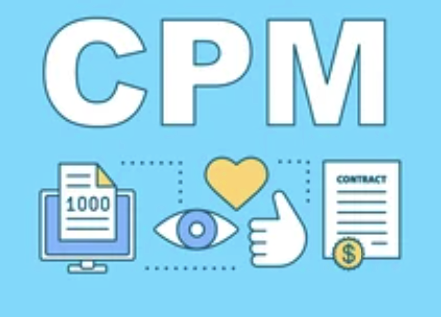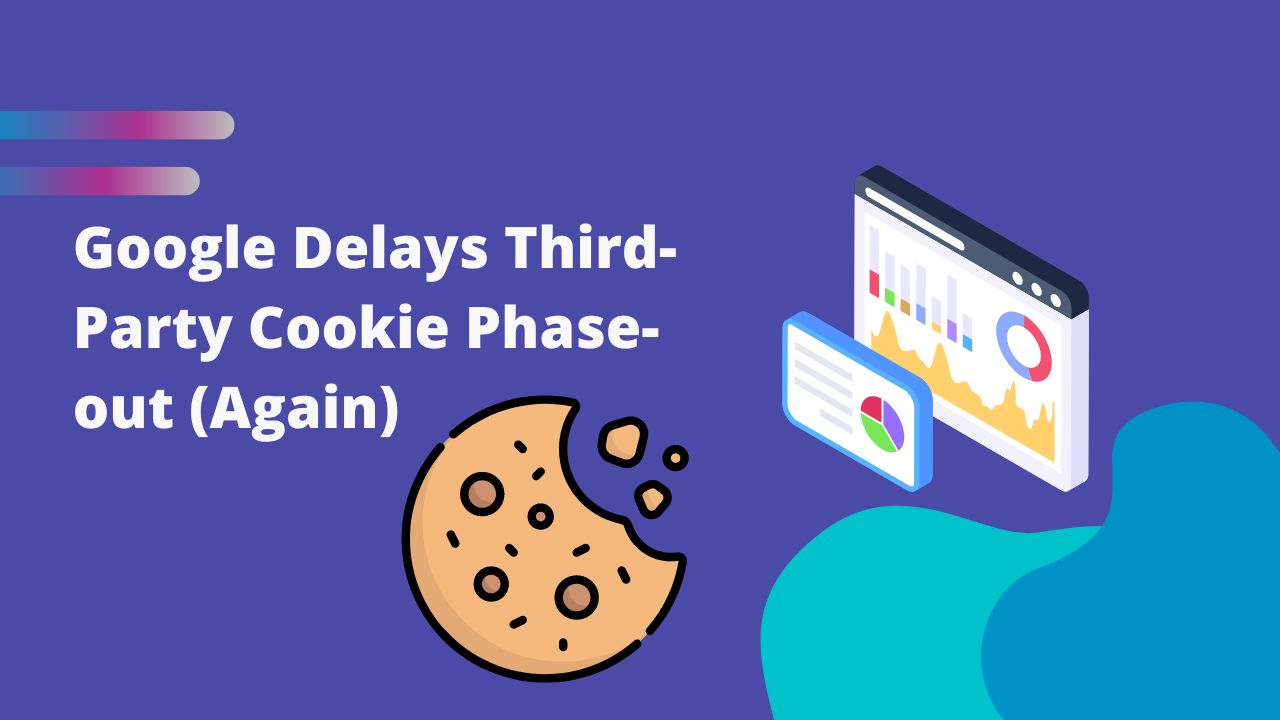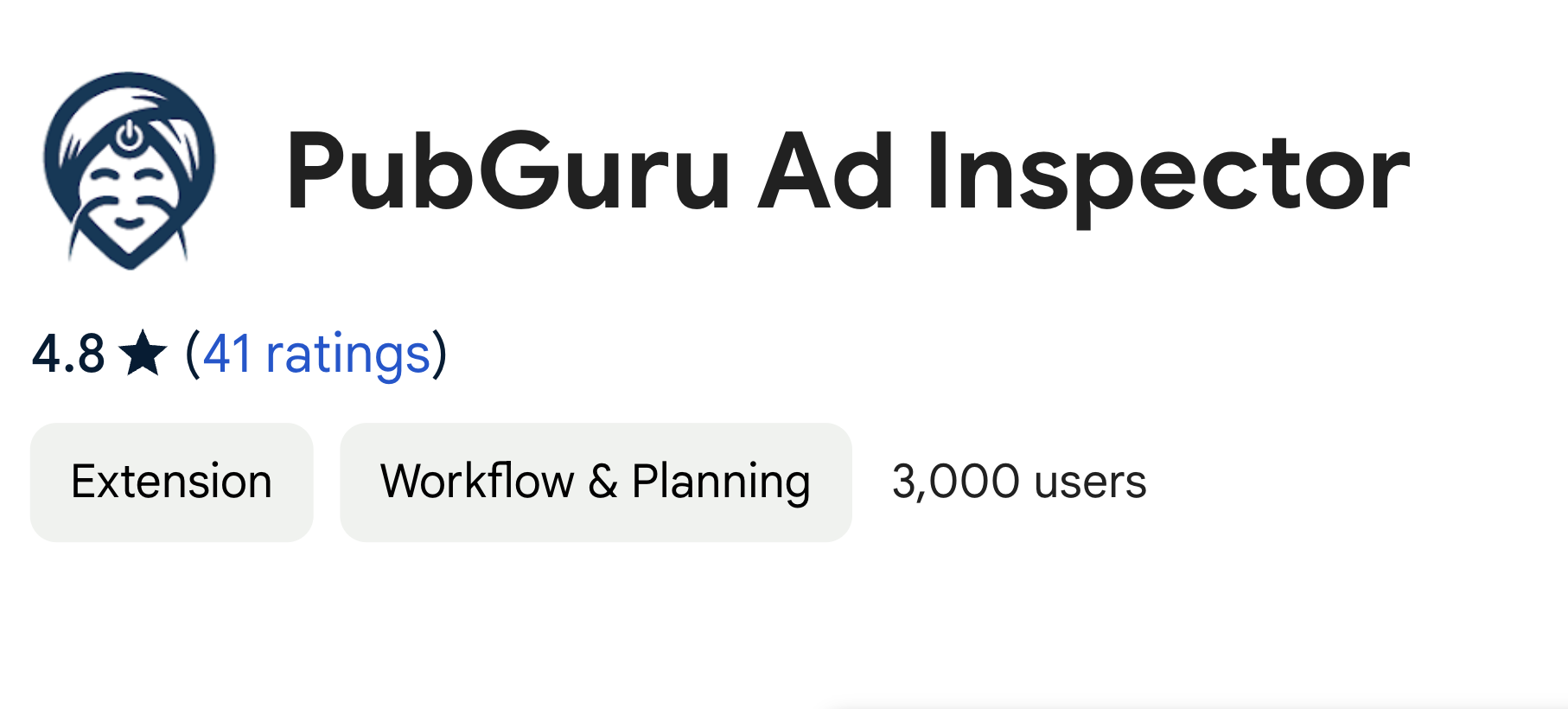
A critical aspect of website and ad revenue optimization is the knowledge of how to measure ad performance on your website. No one understands the direction you want your website to go in and what you want out of your website better than you. The more knowledge you have on how to measure ad performance, the more control you have to put your website on the path you want it to be on.
While there are optimal methods in terms of ad sizes, placements, color, etc. that work for some, that doesn’t mean the exact same thing will work for you. Testing things out is a good way to see what works and what doesn’t for you. However, testing things out won’t do much if you cannot understand or analyze the data. There are four main ways to measure ad performance: CPM, CTR, RPM, and RPC.

CPM refers to the cost per mille (Mille means thousand in Latin) aka the advertising cost per thousand views. Essentially, it acts as a benchmark to calculate the approximate cost of an advertisement or ad campaign in a variety of mediums. It is calculated by dividing how much it costs to place an advertisement by the number of impressions (stated in thousands) that it achieves. CPM helps compare how different advertising opportunities are relatively efficient and to evaluate the cost of the overall campaigns.
The calculation of CPM involves dividing the total cost of placing an advertisement by the number of impressions achieved, both expressed in thousands. For instance, if an ad campaign costs $500 and garners 100,000 impressions, the CPM would be $5 ($500 divided by 100).
By leveraging CPM, advertisers can compare the efficiency of various advertising opportunities, allowing them to make informed decisions regarding resource allocation and campaign optimization. For example, if one advertising channel yields a lower CPM compared to others, it may signify a more cost-effective avenue for reaching the target audience.
CPM also aids in evaluating the overall cost of advertising campaigns, providing advertisers with a clear understanding of the investment required to achieve a certain level of exposure. This insight proves invaluable in budget planning and resource management, ensuring that advertising efforts align with predetermined objectives and deliver optimal returns on investment.
CTR refers to Click-through rate and is used as a way to measure how successful an online advertising campaign is for a given website. CTR is shown as a percentage, which is calculated by how many times an ad is clicked divided by how many times an ad is shown. If an ad is shown 1,000 times and is clicked 10 times, then the CTR would be 1%.
For publishers, a high CTR signifies a strong level of audience engagement and interest in the advertised content. It indicates that the ads displayed on the website resonate well with visitors, compelling them to take action by clicking through to learn more. Consequently, a high CTR can lead to increased traffic, greater user interaction, and ultimately, enhanced revenue opportunities for publishers through ad impressions and clicks.
CTR serves as a key performance indicator (KPI) for publishers in assessing the relevance and appeal of the ads being served on their platforms. By analyzing CTR data, publishers can gain valuable insights into which ad formats, placements, and content resonate most effectively with their audience. This information enables publishers to optimize their ad inventory, tailoring it to better meet the preferences and interests of their users, thereby improving overall ad performance and user experience.
Additionally, CTR plays a big role in determining the profitability of ad placements for publishers. Ads with higher CTRs typically command higher rates from advertisers, as they demonstrate greater effectiveness in driving traffic and user engagement. As such, publishers can leverage CTR data to negotiate better ad rates and maximize revenue potential from their advertising partnerships.
RPM means Revenue per 1,000 ad impressions which are similar to CPM but measures revenue instead of cost. Therefore, RPM is kept track of by publishers and CPM is measured by advertisers. RPM is reciprocal to CPM. Advertisers use CPM to measure the cost performance of an ad campaign and publishers use RPM to measure the revenue performance of an ad campaign.
If an ad has a low RPM, the publisher can change the ad campaign to an ad campaign that earns a higher revenue and RPM rate. Even though CPM and RPM are slightly different, they can be used interchangeably to give an idea of average revenue for the publisher. You might notice in the blog that I used CPM in the scenario of a publisher. This is because most publishers tend to use CPM so it has become an industry-standard rather than a technical one.
At MonetizeMore, we recognize the paramount importance of maximizing RPM for publishers. Through our innovative ad optimization solutions and cutting-edge technology, we guarantee publishers the highest RPMs achievable, ensuring optimal ad revenue optimization. With our tailored strategies and comprehensive support, publishers can unlock their full revenue potential and achieve unprecedented success in the long run.
Related Read: Best High RPM Ad Networks
RPC stands for revenue per click and what it does is tell you how much the average revenue is for each click on your ads and PPC (pay-per-click) keywords. This nice little metric is a useful way to see how much revenue you earn every time someone clicks on one of your ads. It is useful to compare RPC and RPM side by side to see money earned vs. money spent. This is helpful to see where you are earning money and where you’re not really earning any money whatsoever.
By quantifying the revenue earned per click, RPC offers publishers a clear understanding of the monetization potential of their ad inventory. It serves as a direct indicator of ad effectiveness, allowing publishers to identify high-performing ad placements and keywords that yield significant revenue per click. This insight empowers publishers to optimize their ad strategies, allocating resources towards the most lucrative opportunities and maximizing overall revenue generation.
Furthermore, RPC facilitates comprehensive performance analysis by enabling publishers to compare revenue earned versus expenses incurred. By juxtaposing RPC with metrics such as RPM (Revenue per 1,000 ad impressions), publishers can gain deeper insights into the profitability of their ad campaigns and identify areas for improvement. This comparative analysis helps publishers allocate resources effectively, focusing on ad placements and keywords that yield the highest return on investment (ROI).
Additionally, RPC serves as a valuable tool for identifying underperforming ad placements and keywords that may be draining resources without generating significant revenue. By pinpointing these inefficiencies, publishers can make data-driven optimizations to their ad strategies, reallocating resources towards more profitable opportunities and maximizing overall revenue potential.
The more knowledgeable and comfortable you are with these advertising metrics, the better you are able to optimize the advertising on your website in a way that increases your revenue and gives you more control over the future of your website. Each of these ad metrics sheds light on a different aspect of advertising on your website and together paints a complete picture of the beautiful parts and the parts that need a little redoing. There isn’t one correct metric to use for gauging your ad performance. It is important that you use a combination of the metrics that were described in this post.

With over seven years at the forefront of programmatic advertising, Aleesha is a renowned Ad-Tech expert, blending innovative strategies with cutting-edge technology. Her insights have reshaped programmatic advertising, leading to groundbreaking campaigns and 10X ROI increases for publishers and global brands. She believes in setting new standards in dynamic ad targeting and optimization.

Paid to Publishers
Ad Requests Monthly
Happy Publishers



10X your ad revenue with our award-winning solutions.